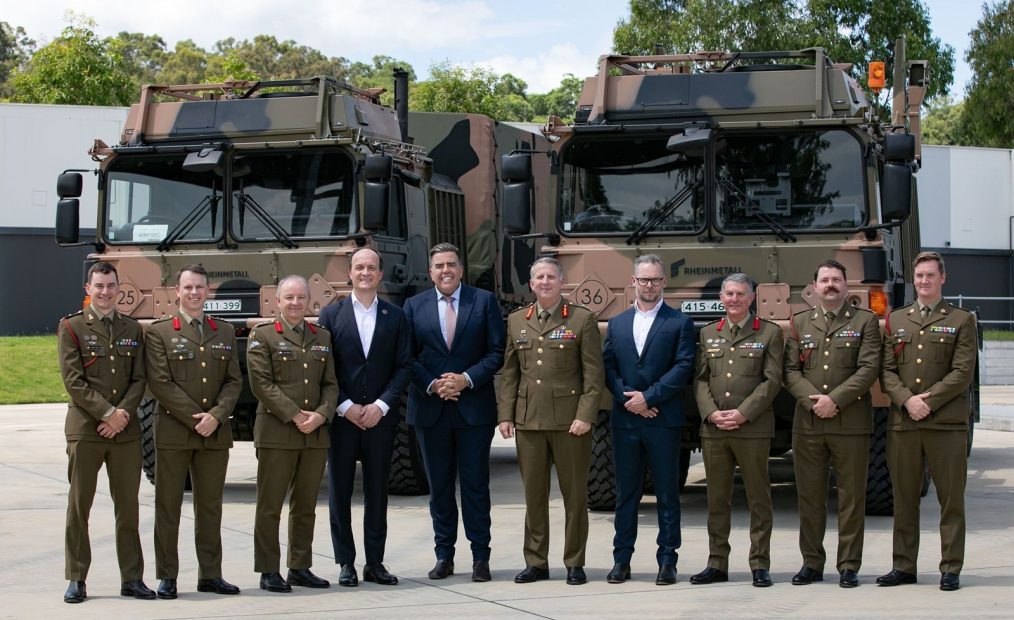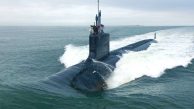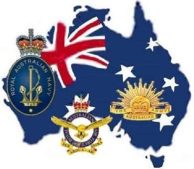
Final Delivery of Army Trucks
Australian Army, CASG and RMMV officials at the handover. Photo: ADF.
The final unit of more than 3,500 heavy trucks has been delivered to the Australian Defence Force in Queensland, marking the completion of a significant logistics capability program.
The vehicles, supplied under Project LAND 121 Phase 3B/5B, were assembled and delivered in multiple configurations, with the majority completed at a dedicated military vehicle facility in Ipswich. The program included the delivery of 3,580 medium and heavy military logistics trucks along with 3,165 modules and protected cabs, fulfilling requirements for recovery vehicles, transporters, self-loading hook-lifts, fuel trucks, tractors, and tippers. The HX series trucks, powered by a six-cylinder in-line diesel engine, can reach a maximum weight of 41,000 kg.
As the primary logistics vehicle for the Australian Army, these trucks provide essential transport capabilities for personnel, supplies, and equipment. The first of these vehicles entered service over a decade ago, playing a critical role in military and humanitarian operations.
The trucks were manufactured in Austria, with final assembly completed in southeast Queensland. Additional support was provided by teams across Victoria and Queensland. With the fleet now fully delivered, ongoing maintenance and sustainment will be managed through a national network of industry partners and suppliers.
A dedicated team of service representatives will continue to support Army personnel across Australia to ensure the reliability and operational effectiveness of the vehicles. More than 20,000 of these trucks are currently in service with various NATO member and partner nations, including New Zealand, Germany, the UK, Denmark, Norway, Sweden, Austria, Singapore, and Canada.
The introduction of these trucks has enhanced the Army’s transport and logistics capabilities, making them a visible and integral part of operations both domestically and internationally. They are widely used for transporting equipment, towing artillery, and supporting humanitarian missions in times of crisis. The successful collaboration between Defence and industry partners has resulted in the timely and cost-effective delivery of this essential capability.



